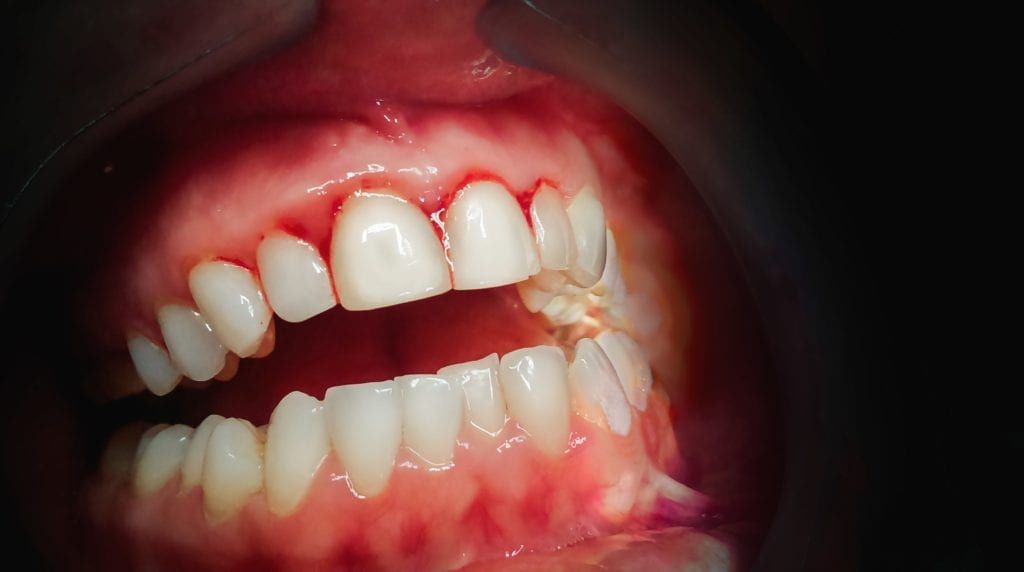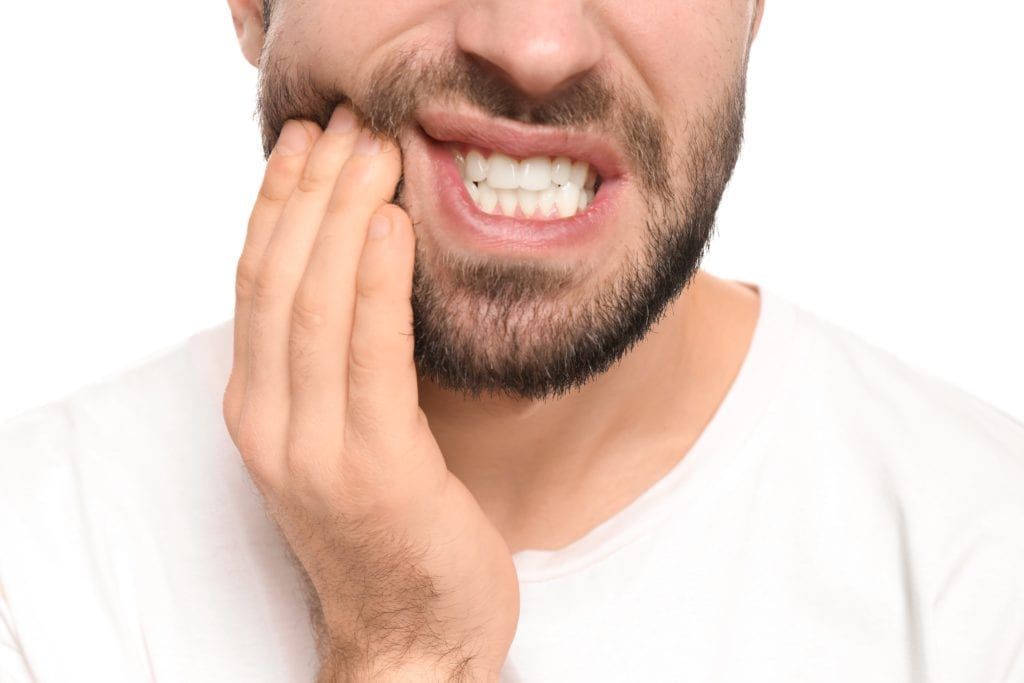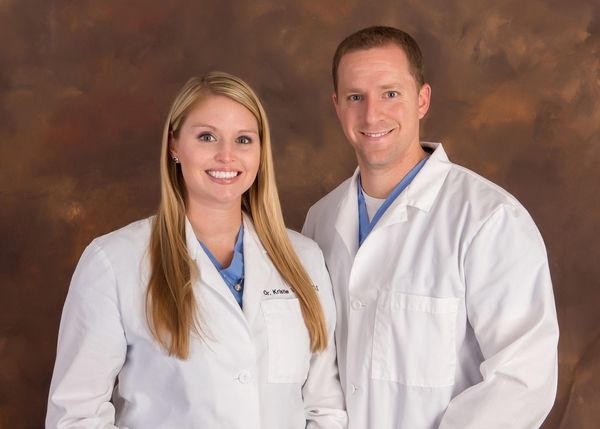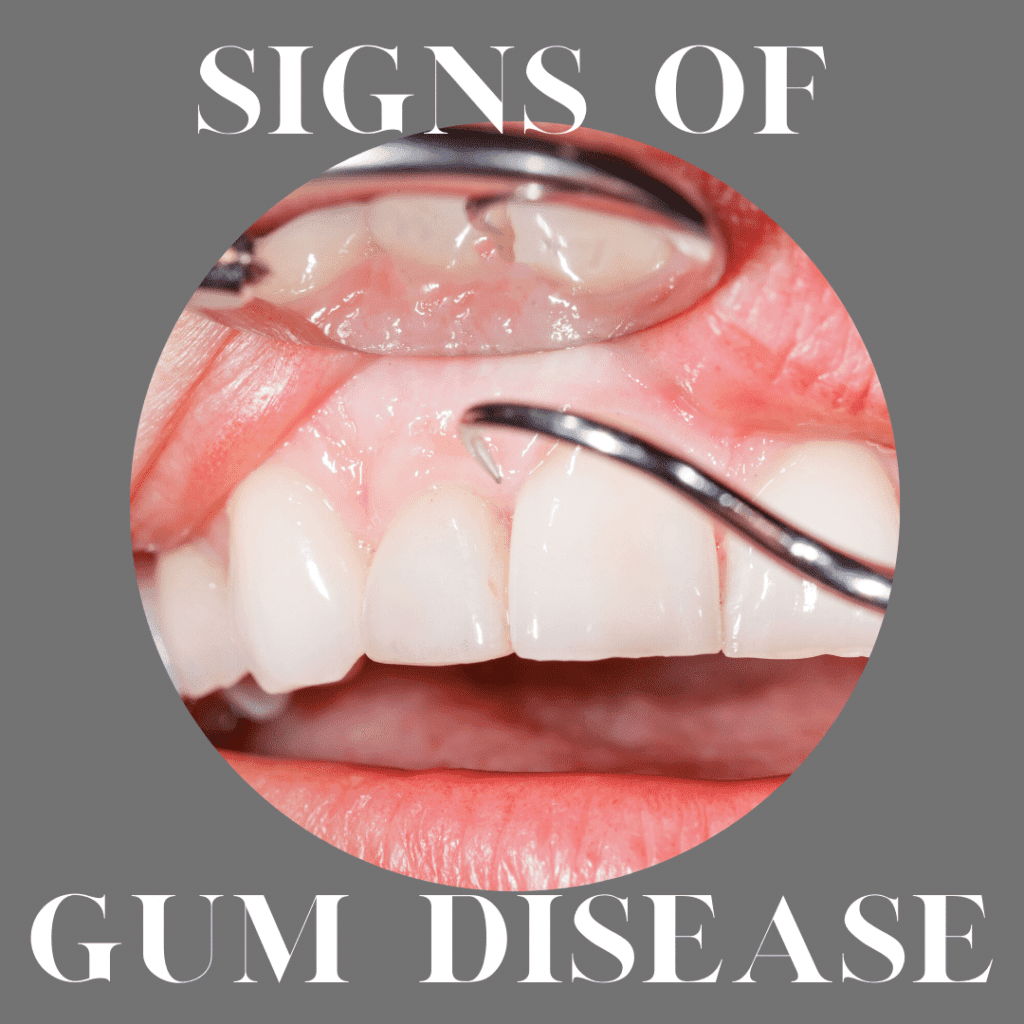Did you know that tooth decay is not the only threat to your oral health? While tooth decay is one of the most well known oral health threats, gum disease can also be quite detrimental. Unfortunately, gum disease is highly common, with the Centers for Disease Control and Prevention (CDC) estimating that around 47.2% of American adults over the age of 30 years old have some form of gum disease.
There are two forms of gum disease that can affect your oral health: gingivitis and periodontitis. Gingivitis is a mild form of gum disease that can usually be successfully treated and reversed if detected early. Periodontitis, on the other hand, is an advanced form of gum disease that cannot be reversed and requires regular treatment to prevent it from progressing.
Generally speaking, the sooner gum disease is identified, diagnosed, and treated, the better the treatment outcomes. However, not everyone knows what to look for when it comes to gum disease. Therefore, here are the key signs of gum disease:
Blood

Despite the common belief that bleeding gums is a normal response to flossing, this is not the case. In fact, gums that bleed easily or frequently is usually a sign of the inflammation caused by gum disease.
Changes in Color
Gums that have become a deep pink or red color are inflamed and are a common sign of gum disease. Healthy gums should actually be a coral pink color or slightly darker.
Gum Recession
Healthy gums should be firmly attached to the teeth so that they completely cover the tooth roots. Gums affected by gum disease, however, may begin to recede, or pull away from the teeth. This exposes the tooth roots and can cause the teeth to look longer or larger than usual. Unfortunately, if gum recession becomes severe, it can cause the teeth to become loose or to even shift in position.
Tooth Sensitivity

In cases where gum recession has occurred, the tooth roots are no longer protected by gum tissue. Since tooth roots lack the same type of protective surface as the rest of the tooth, stimuli are able to enter the tooth and irritate the nerve. This is known as tooth sensitivity and it generally occurs when eating or drinking anything that is hot, cold, or sweet.
Pain
Pain is one of the later signs of gum disease and is usually the sign that causes people to seek dental treatment. Unfortunately, gum pain or tenderness is usually a sign of extreme inflammation and can indicate a more advanced form of gum disease.
Overall, recognizing the signs of gum disease is an essential skill necessary to determine when to seek dental intervention. Knowing that blood, changes in color, gum recession, tooth sensitivity, and pain are all signs of gum disease allows you to seek treatment before it is too late. Additionally, brushing twice a day, flossing daily, and having an oral exam and dental cleaning every six months are all additional ways to minimize your risk of developing or advancing gum disease.

Dr. Chris Vinson and Dr. Kristie Vinson attended the College of Dentistry at The University of Oklahoma. Dr. Chris Vinson has earned a fellowship from the Misch International Implant Institute and a fellowship in International Congress of Oral Implantology. He is also certified to administer Oral and IV sedation to his patients through The Montefiore College of Medicine in New York and is Teeth-Express and Invisalign certified. Dr. Kristie Vinson is trained in sedation dentistry, Botox, and dermal fillers. She received a Fellowship from the Misch International Implant Institute and the Fellowship in International Congress of Oral Implantology. She is also Teeth-Express and Invisalign Certified.




